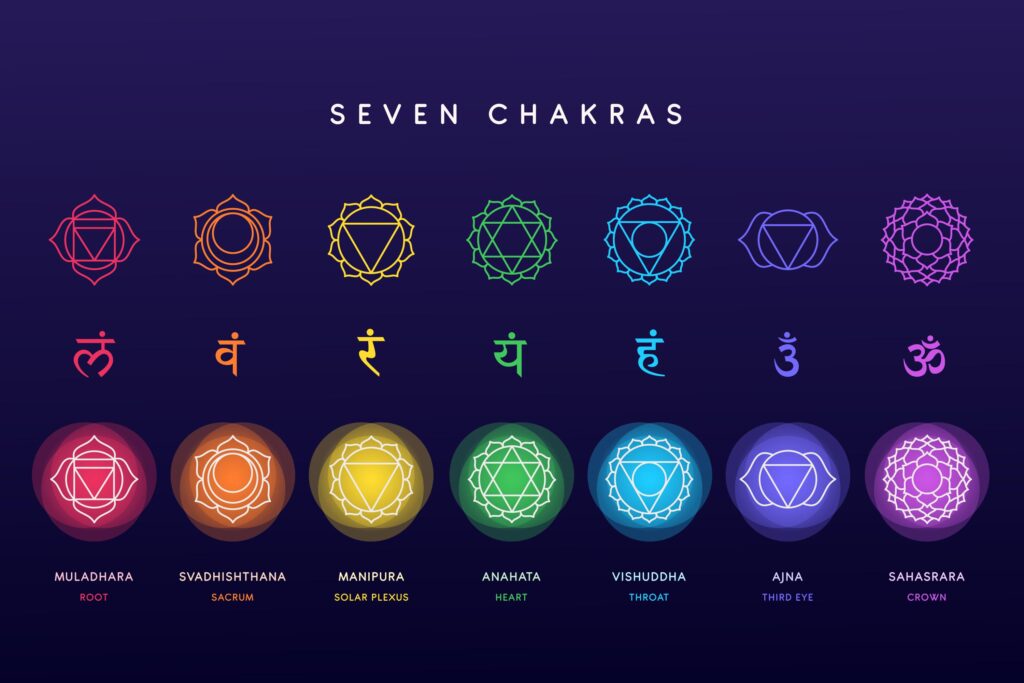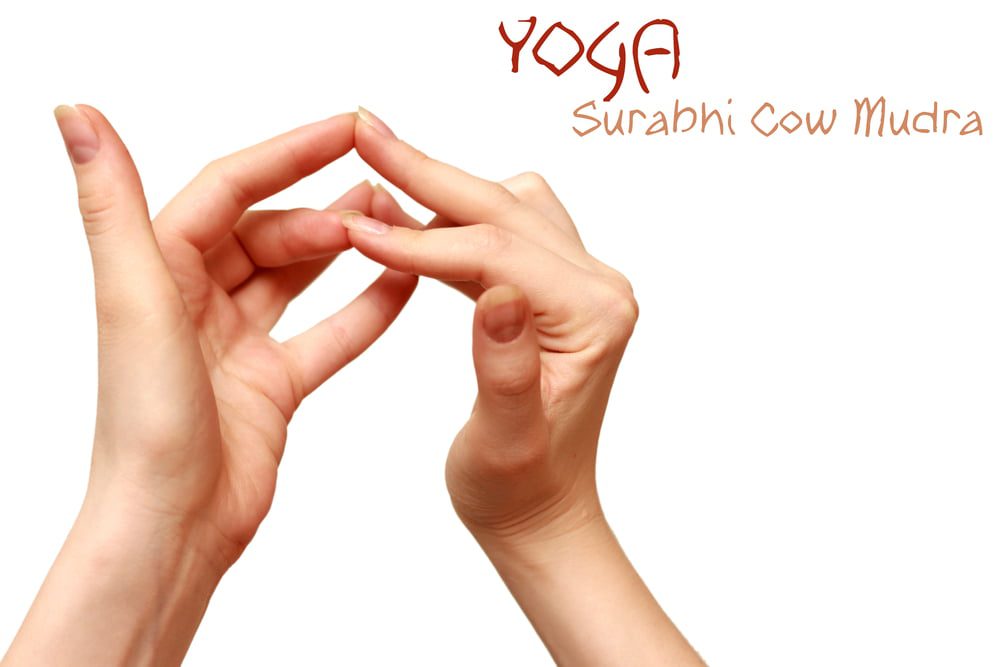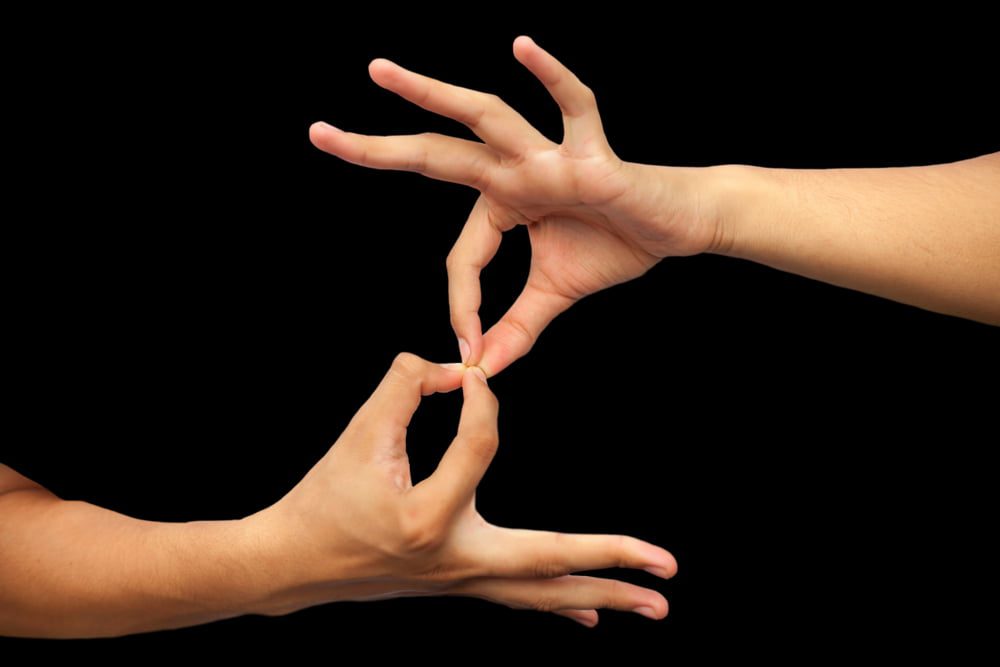Unlocking the secrets of Tantra Chakra can lead to profound spiritual and physical transformation. In this comprehensive guide, we will delve deep into the world of Tantra Chakra, exploring its benefits, poses, precautions, and common mistakes. From ancient teachings to modern practices, we will uncover the essence of Tantra Chakra and how it can enrich your life.
Understanding Tantra Chakra.
- Tantra Chakra, derived from ancient Indian spiritual traditions, is the practice of harnessing and channeling energy through the body’s chakras.
- It involves the awakening and balancing of the seven energy centers, known as chakras, to achieve a state of harmony and enlightenment.
- Through Tantra Chakra, practitioners seek to cultivate a deeper connection with themselves and the universe, unlocking their true potential.
Benefits of Tantra Chakra.
- Increased energy levels: By unblocking and balancing the chakras, Tantra Chakra can boost your overall energy levels, leaving you feeling revitalized and invigorated.
- Stress relief: The practice of Tantra Chakra can help alleviate stress and anxiety, promoting a sense of inner peace and tranquility.
- Enhanced spiritual awareness: Through meditation and mindfulness techniques, Tantra Chakra can deepen your spiritual connection and awaken higher states of consciousness.
- Improved emotional wellbeing: Balancing the chakras can lead to greater emotional stability and resilience, allowing you to navigate life’s challenges with grace and equanimity.
Tantra Chakra Poses.

- Mountain Pose (Tadasana): Stand tall with your feet hip-width apart, arms by your sides, and palms facing forward. Feel the energy coursing through your body, grounding you like a mountain.
- Seated Forward Bend (Paschimottanasana): Sit on the floor with your legs extended in front of you. Hinge at the hips and fold forward, reaching for your feet. This pose stimulates the sacral chakra, awakening creativity and passion.
- Bridge Pose (Setu Bandhasana): Lie on your back with your knees bent and feet flat on the floor. Lift your hips towards the sky, engaging your core and glutes. This pose opens the heart chakra, promoting love and compassion.
Precautions.
- Listen to your body: Pay attention to any discomfort or pain during Tantra Chakra practice and adjust accordingly. Pushing yourself too hard can lead to injury.
- Seek guidance: If you’re new to Tantra Chakra, consider seeking guidance from an experienced teacher to ensure you’re practicing safely and effectively.
- Respect your limits: Honor your body’s limitations and avoid pushing yourself beyond your capabilities. Tantra Chakra is a journey, not a destination, so take it slow and steady.
Common Mistakes.
- Neglecting breathwork: Proper breathing is essential in Tantra Chakra practice. Many beginners overlook the importance of breath awareness, which can hinder their progress.
- Forcing poses: Trying to force yourself into advanced poses can lead to strain and injury. Focus on proper alignment and gradual progression instead of chasing after perfection.
- Skipping meditation: Meditation is a crucial aspect of Tantra Chakra, yet many practitioners neglect it in favor of physical poses. Remember to make time for meditation to deepen your practice and connect with your inner self.
Frequently Asked Questions.
Yes, Tantra Chakra can be practiced by people of all levels, but it’s important for beginners to start slowly and seek guidance from a qualified teacher.
Tantra Chakra is a spiritual practice rooted in ancient Indian traditions, but it can be adapted to align with a variety of religious or spiritual beliefs.
Bottom Line.
Embarking on the journey of Tantra Chakra can be a transformative experience, leading to greater selfawareness, spiritual enlightenment, and overall wellbeing. By understanding its principles, practicing with intention, and honoring our bodies, we can unlock the full potential of Tantra Chakra and live a life of balance, harmony, and fulfillment.
How we reviewed this article:
Our team of experts is always monitoring the health and wellness field, ensuring that our articles are updated promptly as new information emerges. See Our Editorial Process
May 13, 2025
Written By: Sarah Waskevich
Reviewed By: Hannah Gough
Written By: Sarah Waskevich
Reviewed By: Hannah Gough

 Workout
Workout
 Meditation
Meditation





 Contact Us
Contact Us











